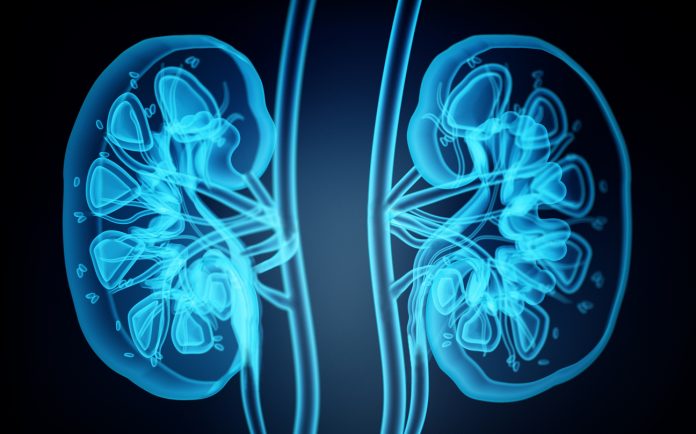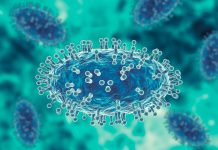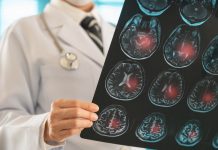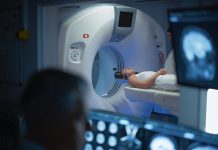A collaborative team from King’s College London, the University of Bristol, and Great Ormond Street Hospital has created a new model that enables continuous monitoring of kidney transplants through warm machine perfusion of human organs
Transplants are widely regarded as one of the most effective treatments for patients with end-stage organ disease, offering a vital opportunity for survival and improved quality of life. However, despite their life-saving potential, kidney transplants, like all organ transplants, come with a significant risk of post-operative complications. These complications can arise unexpectedly and, if left undetected or unaddressed, may lead to the loss of the transplanted organ. This highlights the critical need for ongoing monitoring and intervention after the transplant procedure to prevent potential organ rejection, infection, or other adverse conditions that could jeopardise the success of the transplant and the patient’s health.
Co-authored by Mr Pankaj Chandak, a transplant research fellow at King’s School of Immunology & Microbial Sciences, and Dr Danothy Bennett from the Interface Analysis Centre at the University of Bristol, the study — published by The Royal Society — aims to improve post-operative care by developing a system that can monitor kidney transplant perfusion in real-time.
Current kidney transplant monitoring has limitations
Kidney transplants are monitored by clinical assessment of the patient with blood tests and relevant imaging if needed. These methods have limitations, including delayed detection of complications and reliance on direct access to imaging facilities, which may be an out-of-hours service and not always readily available.
The research team used human kidneys from the NHS Blood and Transplant that were unsuitable for transplantation and offered for research purposes. These organs were placed on a specialised bypass machine that simulates the physiological conditions required for an organ to function outside the human body and maintain metabolic activity (known as ex vivo normothermic machine perfusion).
Custom-made probes that use light to measure the properties of a sample (spectroscopic optical reflectance probes) were placed on the surface of the kidneys to measure oxygen levels in real time whilst the organs were undergoing warm machine perfusion.
Simulating real-world transplant complications to validate effectiveness
To check the tool’s effectiveness, the researchers used a bypass machine and simulated real-world transplant complications such as thrombosis, rejection, and blood loss. The probes successfully detected oxygenation fluctuations in response to these conditions, demonstrating their potential for clinical application.
“This work shows promise in identifying a technique for continuous monitoring of perfusion and oxygenation of a transplanted kidney. This method may apply to other organ types and also illustrates the importance of interdisciplinary collaboration to address important health issues,” commented Mr Pankaj Chandak, transplant research fellow from the School of Immunology & Microbial Sciences at King’s.
This technique uses advanced optical sensors to track changes in oxygen levels within the organ, helping medical teams quickly identify and manage blood flow issues. It offers a new layer of monitoring alongside existing methods. With further development, the researchers envision integrating reflectance probes into post-operative care by positioning them next to surgical drains. This enables continuous monitoring of graft perfusion in the days after transplantation.
This study underscores the viability of real-time, continuous monitoring for kidney transplants, demonstrating its potential to enhance the management of transplant-related complications significantly. By establishing the feasibility of such monitoring techniques, the research paves the way for further exploration into their broader clinical applications. The successful integration of continuous perfusion and oxygenation monitoring in kidney transplants suggests the method’s value in improving post-operative outcomes and its potential for application across other organ types.








